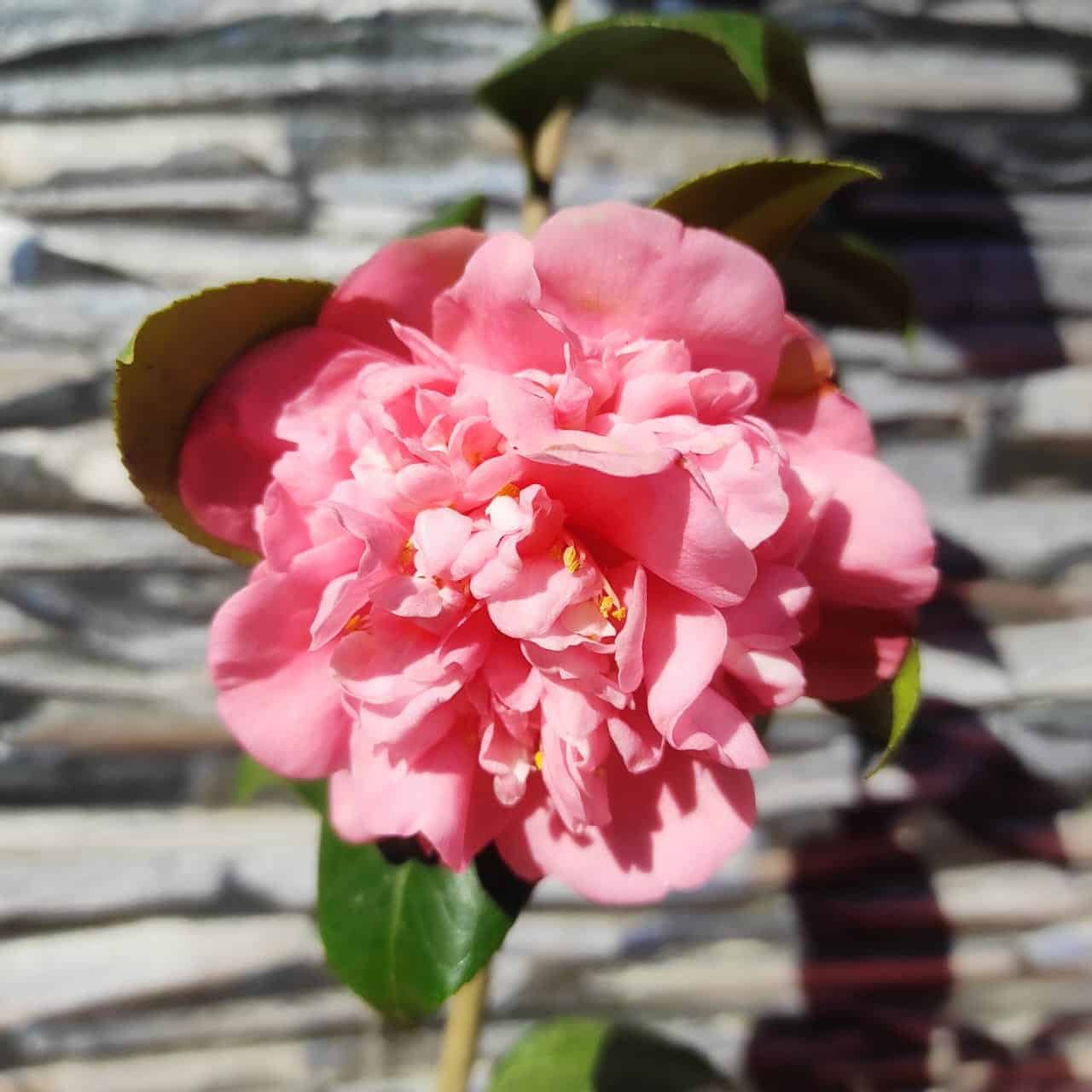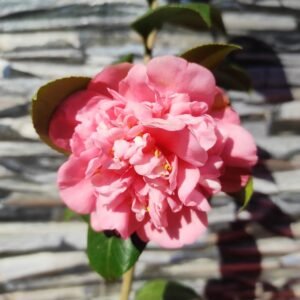Know All About the Camellia Plant and Related Interesting Facts

If you are a nature enthusiast, you might have experienced a sudden change in the activities of all plants and animals during the winter season. Do you know what that is? It’s hibernation, where all herbs and creatures undergo a period of sleep to take shelter against the cold weather.
However, some plants can shine more in winter, which is surprising, isn’t it? One such plant is the Camellia Plant, also called the ‘Queens of Winters’, which is an attractive herb that blooms for specific seasons. The plant is renowned for its exquisite natural beauty, making it a perfect choice for both outdoor and indoor spaces.
However, you must know how to look after it, or the plant may not bloom as expected. Therefore, this blog explores the plant, the best ways to care for it, and some interesting facts about Camellia.
So, let’s get into that.

How to Care for the Camellia Plant in the Best Way?
Given its elegant beauty and natural prowess, it becomes an easy choice to bring the Camellia plant to your home. However, most of you have less knowledge about its background, so the methods you apply do not seem to be fruitful.
Here’s what you need to know to look after the plant properly:
1. Sunlight Requirement
Every plant seeks sunlight to support the photosynthesis process, which allows it to sustain for a longer duration. Not all plants require the same conditions to function effectively; there are some differences.
For instance, the ideal sunlight requirement for the Camellia plant is dappled shade. It is a layered structure that creates a textured shadow and filters sunlight to give bright, indirect light. This type of light is considered ideal for propagating this plant.
[FYI: Avoid placing the plant in harsh sunlight as it may burn its leaves.]
2. Effective Soil Conditions
Soil is another factor you must consider to maintain the top health conditions of your plant. An ideal soil condition allows plants to extend the life of their roots, facilitating the storage of more essential elements.
For Camellia plants, the ideal soil is well-draining with acidic properties, with a PH level below 7. It thrives in such soil conditions if you add peat moss, pine bark and compost level to improve the soil’s drainage and acidic quality.
3. Adopting Appropriate Watering Methods
With plants, the crucial aspect to look after is placing them in the right conditions to help them function properly. This allows them to extend their life span and be healthier, so the next area to work on is watering the plant.
The most common mistake you make is logging the pot with the water because of a perception that plants require abundant water. It is true, but only partial; waterlogging is a problem, not a solution for plants. It affects their roots, reducing the grip on the soil, which interrupts the process of inhaling vital elements through their roots.
The ideal approach is to keep the soil moist, instead of logging it. Moreover, you need to water the plant deeply 1-2 times a week, but this timing depends on the climate.
4. Feeding Fertilisers as Required
The correct time to feed fertilisers to the Camellia plant is when the bloom starts to fade, which occurs during the early spring. Usually, this period is in March or April, depending on the region, and it signifies that the plant has entered an active growth phase. Feeding fertilisers during this time is considered ideal as it facilitates its growth.
However, another condition for feeding fertilisers to the plant is late spring or early summer, helping the plant with next year’s flower buds. Experts suggest adding fertilisers with a pH of 4.5-6.5, which contain acidic properties. They are considered ideal for meeting the requirements of essential nutrients.
5. Apply Correct Pruning Practices
Pruning provides space for new leaves to grow, and you should prune your plant after the flower bud blooms. It is when the plant undergoes the active growth and development cycle for its new leaves. So, you need to make space for the new leaves to grow.
Therefore, start cutting or removing the dead leaves and branches from its stem for the new ones. Also, when you trim the plant, you must maintain its shape, so your cutting should be light and sufficient to eliminate any small irregularities for its aesthetic beauty.
6. Implementing Pest & Disease Control
Insects and pests, such as spiders, aphids, and scale insects, often infest indoor plants, impacting their health and progress. Experts suggest applying neem oil and insecticidal soap to help reduce the infestation of such insects on this plant.
The benefit of neem oil is that it subjugates and interrupts the pests’ feeding, reproductive behaviour and future infestation possibilities. It’s highly effective if your plant is consistently being infested and also offers additional benefits with its fungus control feature.
Insecticidal soap is highly active when it comes into direct contact with the insect. It quickly reacts with the soft-bodied insects, such as aphids and spider mites, suffocating them easily. However, you must apply the solution consistently if they repopulate.
Camellia Plants: Interesting Facts You Should Know
Here are some facts about Camellia plants that would surprise you:
- Camellia sinensis is a primary source for green tea, black tea, white tea, oolong tea and various other types of tea. It is also known as the tea plant.
- The camellia plant does not grow beyond 6 meters; its growth varies from species to species.
- Its flowers come in white, cream, pink, red, purple, and offer variety in forms, such as single, double, rose, peony and more.
- Camellia plants have approximately 300 species and 3000 cultivars and hybrids.
- The camellia bush is said to live for about 100 to 200 years, with the oldest one, planted in 1347, still existing in China’s Panlong monastery.
Final Thoughts
Camellia plants are a preferred addition to your indoor space due to their beautiful elegance and natural shades. Being a queen for winters, Camellia is a plant that actively propagates in the winter, earning the title of an evergreen plant.
If you want to bring this plant home for a first-hand experience, you need a reliable platform with a positive working background. PlantsHub offers you quality and work history in delivering plants with various options to choose from.
So, select and order the plant that meets your indoor requirements.







































































































































































